What could Trump’s Mexico wall look like? From the pink joke to the solar-paneled border
President Donald Trump wants to keep one of his major promises during his campaign — building a wall on the Mexican border. In March, nearly two months into his presidency, he put out an open call for designs, but recently he came with another idea, a more “specific” one, pitching Republican leaders on a new proposal – to cover the wall with solar panels.
Over 700 companies expressed interest, but not all are expected to submit real projects.
According to the US Department of Homeland Security, the total cost of the border wall project could be around $21.6 billion, but the DHS has identified only $20 million that can be re-directed to the project.
Here are some versions of the Mexico wall according to several architects’ visions. Some are serious ones, others are rather laughing at the intention of the American president.
The most viral wall was the pink one, created by Mexican architects from Estudio 3.14, based in Guadalajara. Of course, they didn’t officially submit, but they have gain awarness on this occasion.
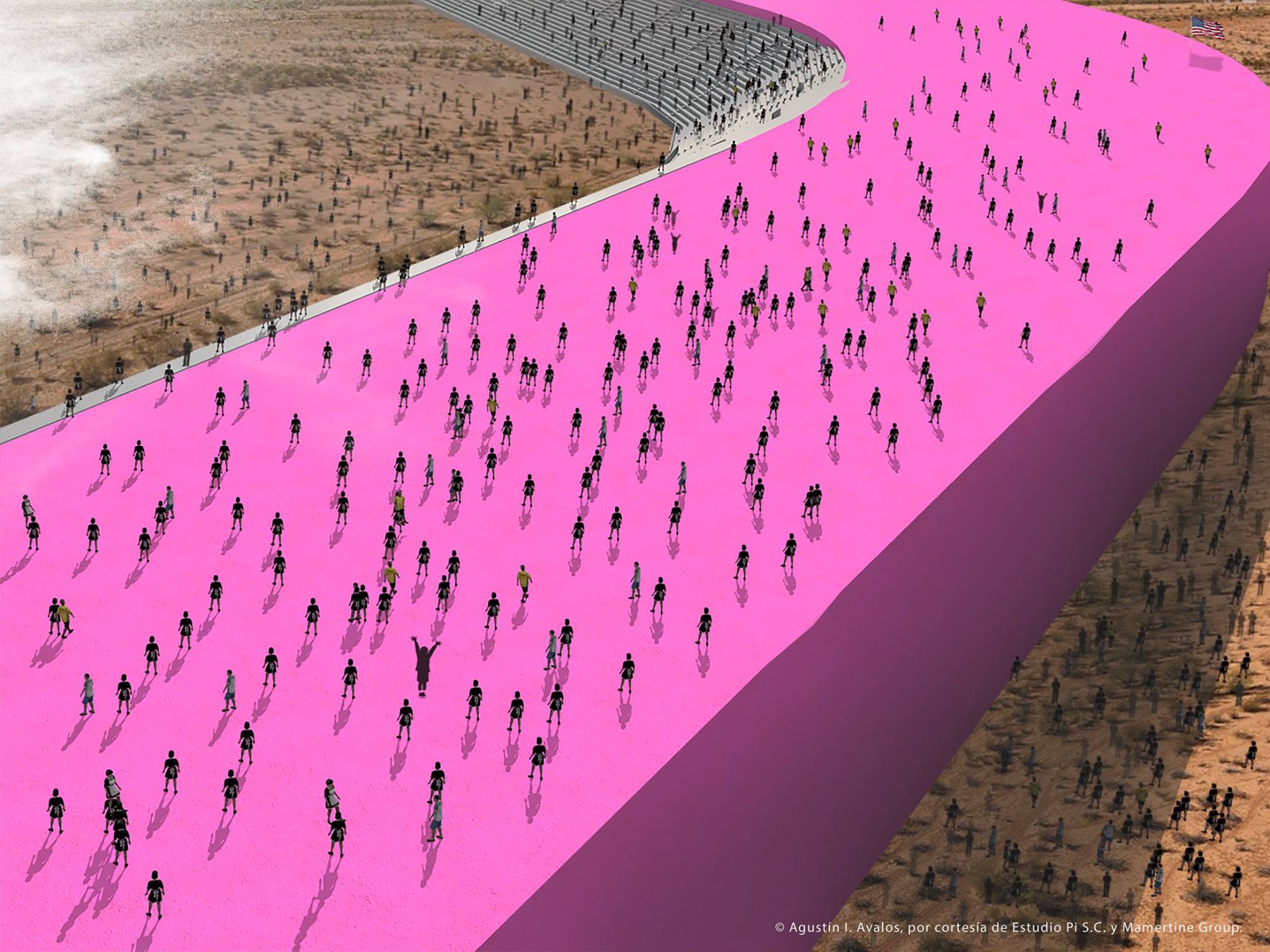
They imagined a hot pink border that stretches 1,954 miles, called the “Prison-Wall.” The renderings are meant to show the inefficiency of building the wall, according to designer Norberto Miranda.
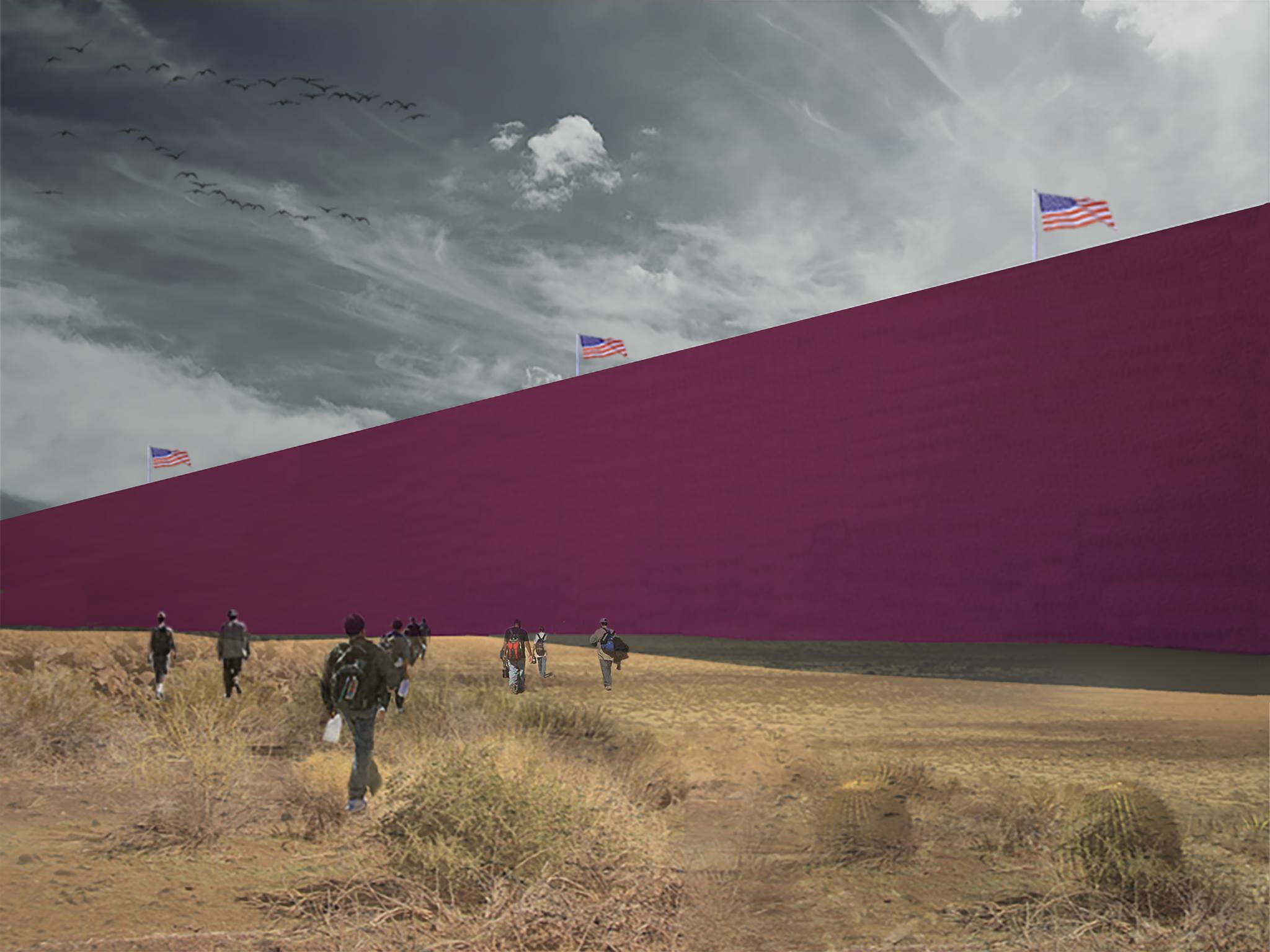
He says the border likely wouldn’t promote confident relations with Mexico. Besides, the country’s rolling mountain ranges would make the structure very difficult to build.
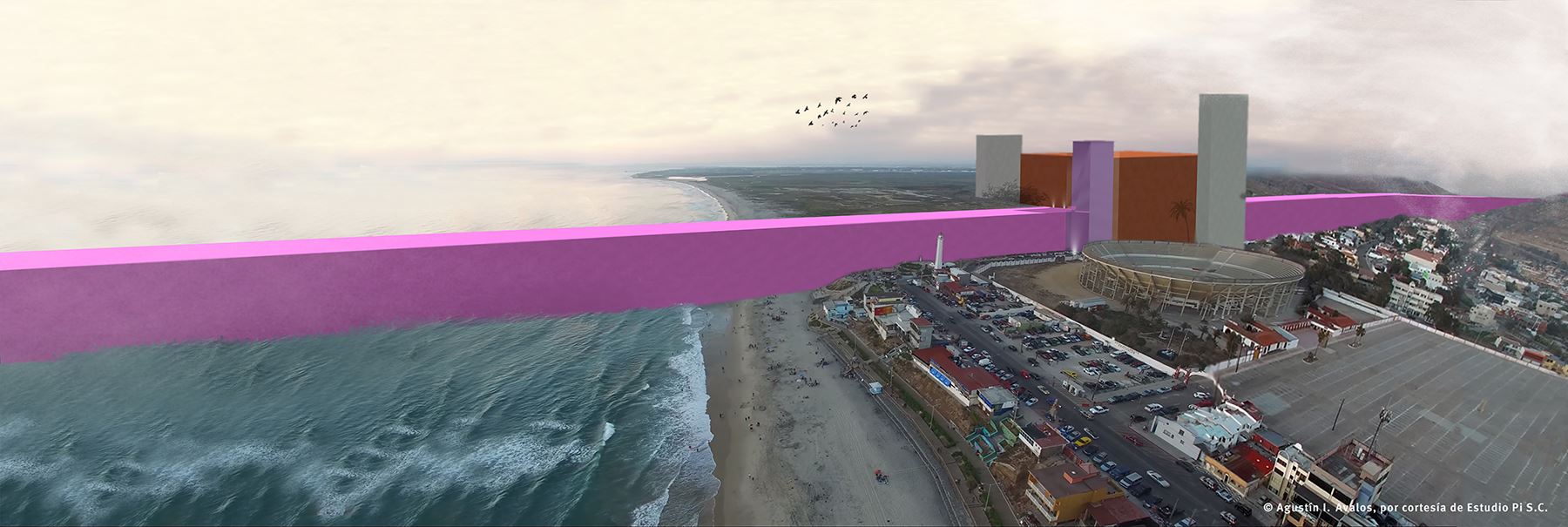
But, since Trump repeatedly said it should be beautiful, the Mexican designers envisioned a pink wall, stretching from the Pacific Coast to the Gulf of Mexico. The wall would include a prison for immigrants, holding up to “11 million people who Donald Trump plans to deport.
Another part would feature a manufacturing plant, the place where the prisoners would work to maintain the wall. On the other side, Americans would have a shopping mall that’s built into the wall.
Another project, this time more serious, is a response to a competition launched by The Third Mind Foundation – a group of architects, designers and artists aiming to provoke meaningful competitions that are interdisciplinary in nature.

“Are there better solutions to the perceived “problem” of illegal immigration, which, as many have pointed out, is a situation that has been going on for decades, if not centuries and is tacitly exploited by both countries in this debate for its mutual economic benefits? If not a fence or wall, then what? Can the idea of a wall be combined with architectural activism?” – was the competition’s challenge.
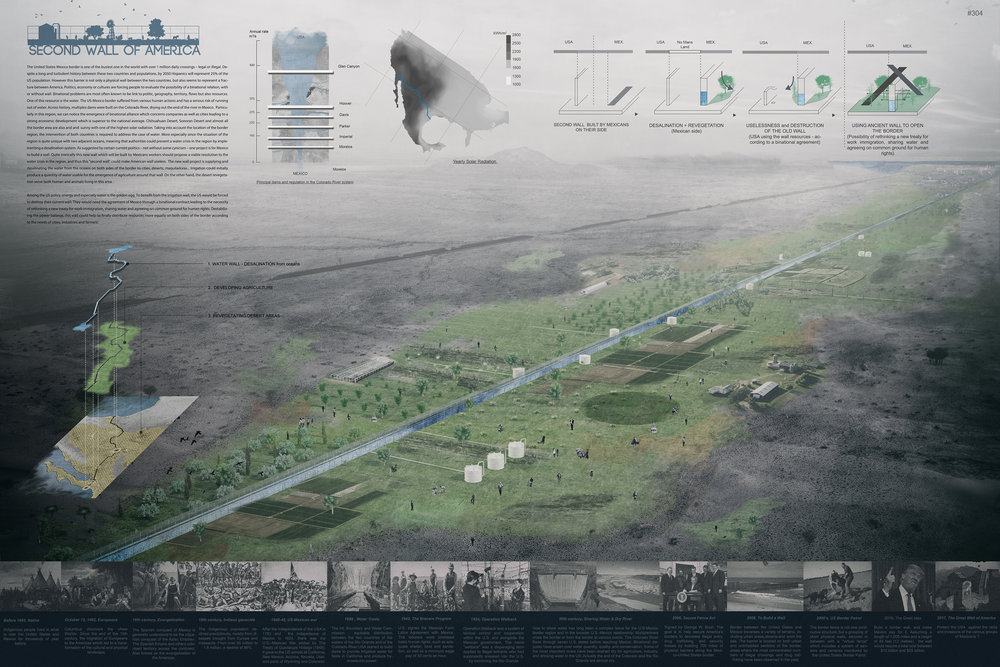
The first price was won by two students at Special School of Architecture in Paris, France. They anticipated the eventual exhaustion of the essential resource of water along the U.S.-Mexico border. They visualized an “irrigation wall” that would draw water from the Gulf of Mexico, the Sea of Cortez and the Pacific Ocean, desalinate it and flow it into a channel running the length of border.
Possible benefits could include re-vegetation of the desert, creation of agricultural operations on either side of the channel and new bilateral treaty governing the distribution and use of the water between the two countries.
The most recent proposal came after Donald Trump pitched Republican leaders on a proposal to cover the wall with solar panels, using the electricity generated to cover the costs of construction and maintenance.
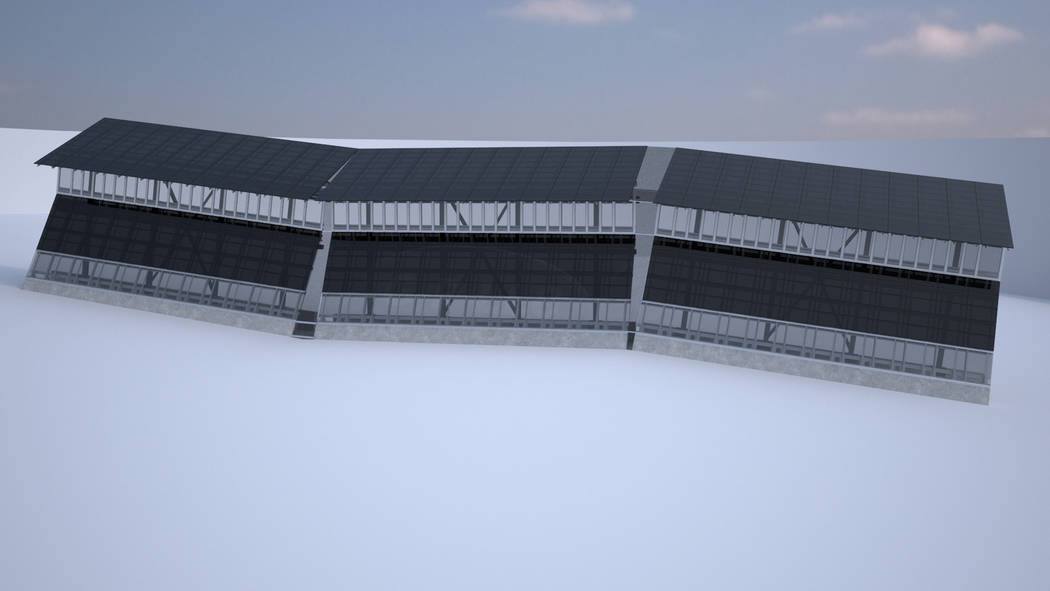
Thomas Gleason, the managing partner of Gleason Partners LLC, a Las Vegas-based architecture firm, submitted a proposal, after he had been batting around the idea of building a solar-paneled wall along the US-Mexico border “for months”, as Business Insider reported.
Gleason said he knew a few people in contact with Trump, so he directed his firm to come up with a design and “get it in front” of the president after the DHS requested proposals. According to his calculations, the wall would generate enough power to pay for its construction in under 20 years.
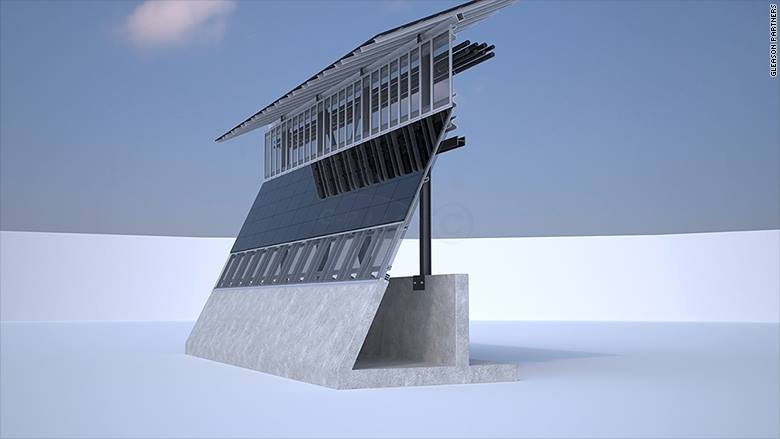
The panels, that would generate 2.0MWp per hour of electricity, would be set on a concrete foundation, with fencing above and below the panels.